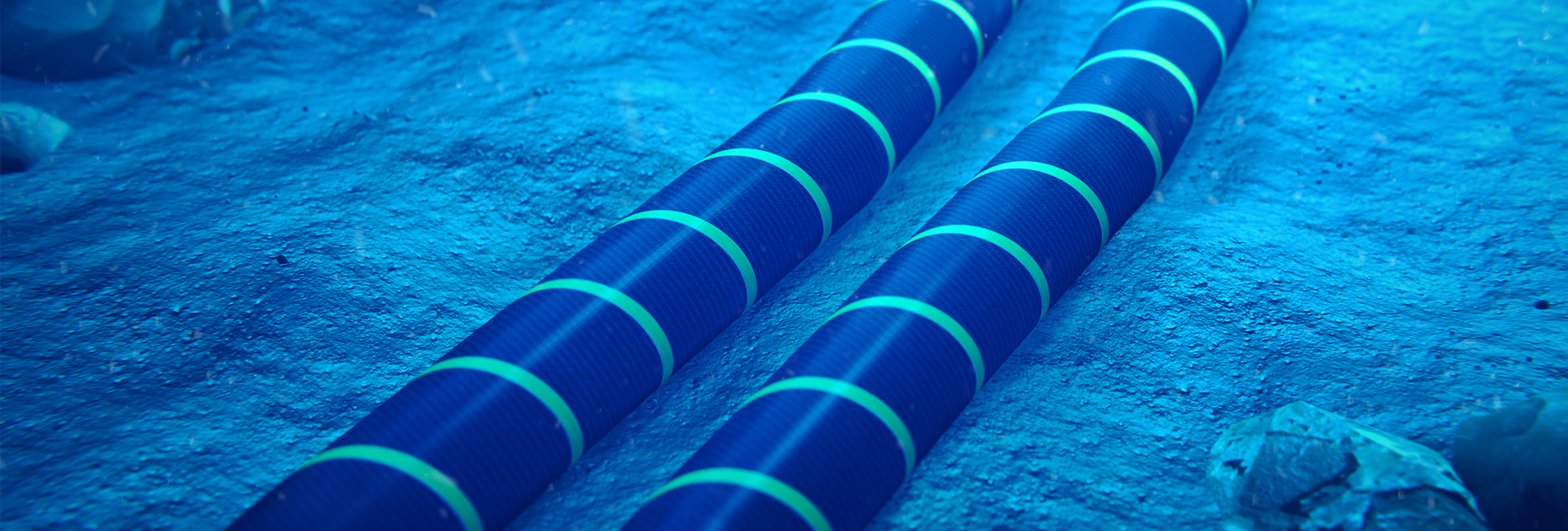Undersea Cable Communications face two types of threats: Digital & Physical. The internet relies on underwater data cables to transmit information throughout the world. These hidden cables make up the backbone of global communications, yet are surprisingly vulnerable to intrusions by hostile actors and other threats.
Protection of this infrastructure may become increasingly important as the global network expands and the threat of natural disasters and hostile intent grows. Undersea Communication Cables (UCC) were first laid by Britain to maintain communication across its empire during the second half of the 19th century. Telegraph cables were gradually replaced by telephone cables, and in the 1980s by fibre optic cables. Fibre optic technology revolutionized data transmission by enabling a large volume of data to be carried on a single cable. The fibre-optic cable network has grown as the internet revolution gained momentum and new cables continue to be laid across the globe. The threats to undersea cable communications have been an ongoing issue.
At least 97% of all internet traffic and voice data now passes through fibre optic cables. It is an extremely challenging and potentially expensive undertaking to protect cables that stretch for thousands of miles across the deep ocean floor.
Download the latest Intelligence Report to know more about How safe are the world’s undersea cable communications?

